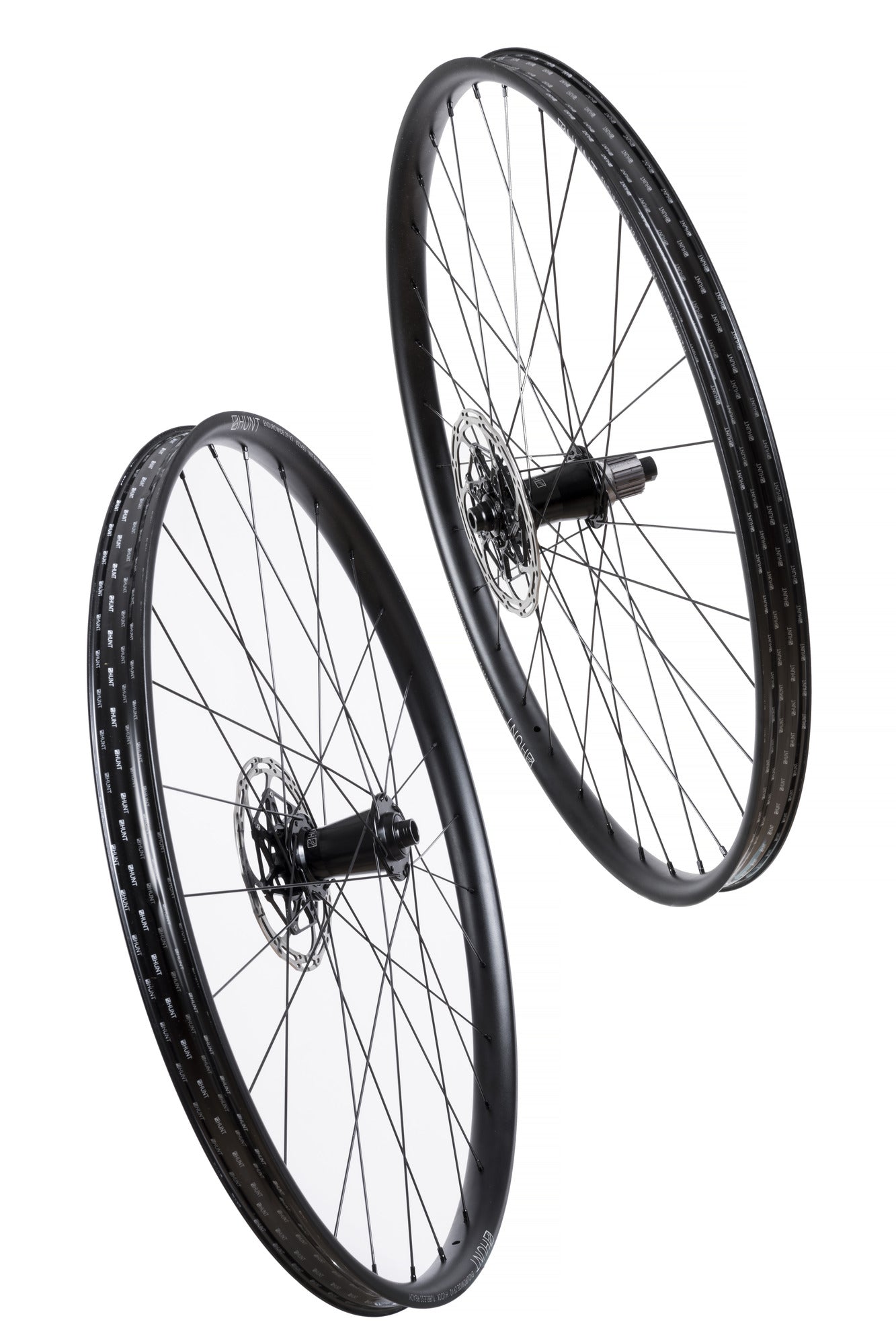Today, we're taking a closer look at how we use Finite Element Analysis (FEA) at HUNT to enhance bicycle rim design with Ollie Mant, our Test and Development Engineer who completed his MEng in Mechanical Engineering at Swansea University (you can learn more about Ollie here) and Paddy Brown. Paddy earned his MEng in Mechanical Engineering from the University of Sussex and rode for the HUNT road team before becoming part of our engineering team. Together, they use FEA to make our rims lighter, stronger, and more durable, ensuring you get the best ride possible.
Keep reading as we delve into how FEA is transforming our design process and improving your cycling experience.





